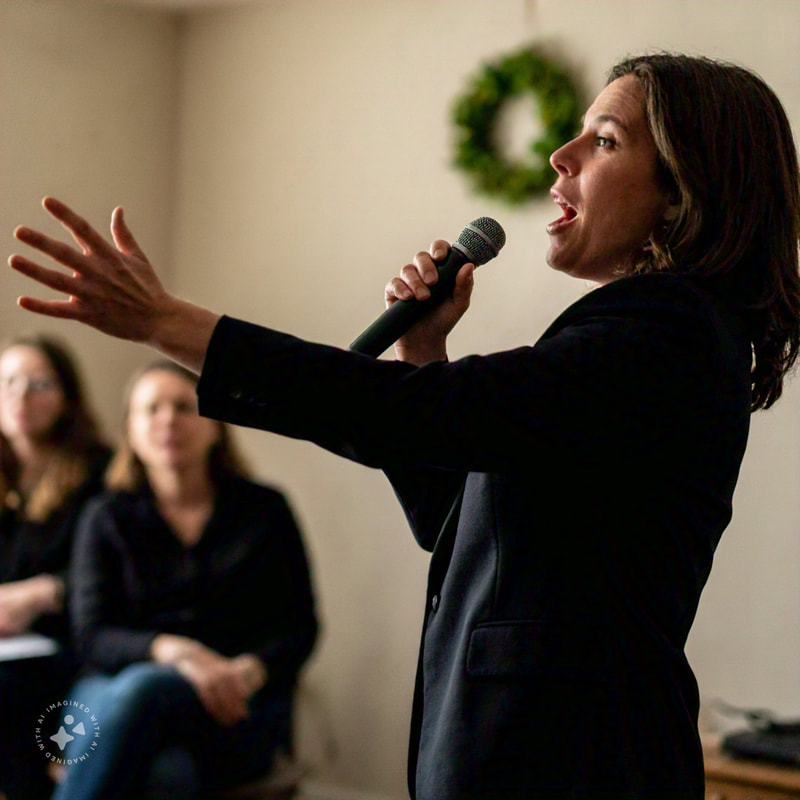And how does Ben start?
“Hi, I’m Ben and today I am going to talk to you about the benefits of exercise.”
Sound familiar? In my public speaking courses, I see this happen constantly – even when I warn the group in advance! I understand why. When your heart is racing and your palms are sweating, repeating the introduction feels safe. But it is a weak start that tells the audience what they already know.
A great opening to your speech or presentation will capture the audience’s attention. A great closing will leave your audience thinking about what you have said long after you finish. Most presentations fail to do either!
Start with something grippy
1 – The surprising fact
Instead of repeating your introduction, hit them with this:
“The benefits of exercise are so great, that if exercise was a pill, everyone would be prescribed it. Yet most people don’t do enough exercise to get the full benefits.”
2 – The question that makes them think
Engage their minds with a question that relates your topic to your audience:
“Do you do at least 2.5 hours a week of moderate intensity exercise, or 75 minutes of high intensity exercise?”
3 – The personal story
Make it real and relatable:
“My grandfather is 70 years old and he still runs 5 km every day of his life. My grandfather is the inspiration for my speech about the benefits of exercise.”
4- The perfect quote
As Australian triple jumper, Andrew Murphy, once said,
“Your body can stand almost anything. It’s your mind that you have to convince.”
5 – The relevant joke (if humour is your thing)
Joan Rivers once quipped
“The first time I see a jogger smiling, I’ll consider it.”
Remember: you don’t capture your audience’s attention from the start, you can still give a good speech –but you have made your job harder than it needs to be.
End with something sticky
Let’s be honest – we have all seen (and probably delivered) these weak endings
- The awkward trail off “So yeah, thanks, that’s about it.”
- The abrupt finish – silence…more silence.. uncertain applause.
- The circular ramble – repeating points because you are not sure how to land the plane.
Instead, make your ending count by giving the audience something to remember, think about or do.
1 – The call to action
Tell them what you want them to do:
“You can add five years or more to your life by exercising most days. Don’t start next year or next month, start tomorrow!”
2- The reality check
Challenge them, by pointing out an inconvenient truth!
“Research shows that the average person spends 2 hours 23 minutes on social media platforms a day. And yet many people say they are too busy to exercise. Just ten minutes of vigorous exercise a day is all you need to get most of benefits.”
3- The personal testament
Firmly establish your credibility:
“I started exercising 20 years ago after my doctor ‘prescribed’ me exercise to help me manage stress, reduce blood pressure, and lose weight. The results have been nothing short of life changing.”
4- The full circle finish
Go back to the start:
“At the start I asked how many people do at least 2.5 hours a week of moderate exercise or 75 minutes a week of vigorous exercise. Less than half of you raised your hands. I hope today’s speech has convinced you to find at least 10 minutes a day to exercise.”
5- The quotable close
“Motivation gets you started; habit keeps you going. Today I have tried to provide the motivation – the habit is up to you.
The truth about impact
Yes, these techniques require courage. They ask you to step out of your comfort zone and be noticed!
When you start strong and finish stronger, you are not just giving a speech – you are creating a moment your audience will remember. Isn’t that why you are speaking the first place?
Remember: Start with something grippy to hook to your audience and end with something sticky to keep them thinking about your words, long after you have finished speaking!

